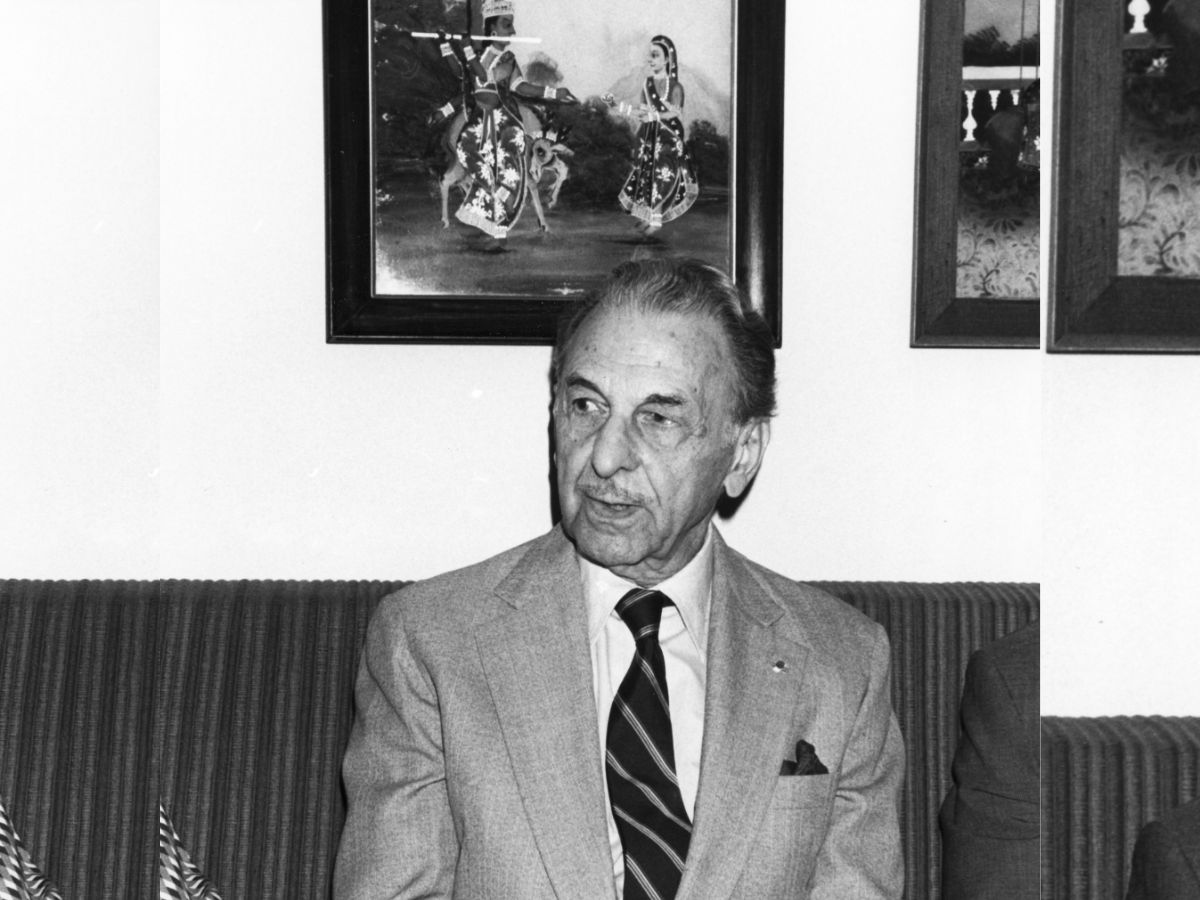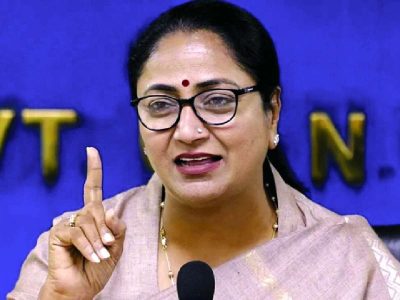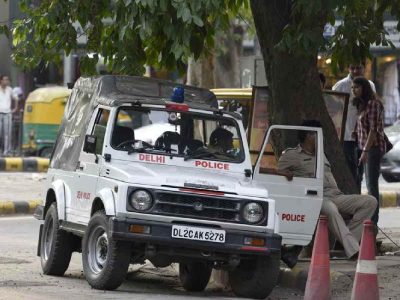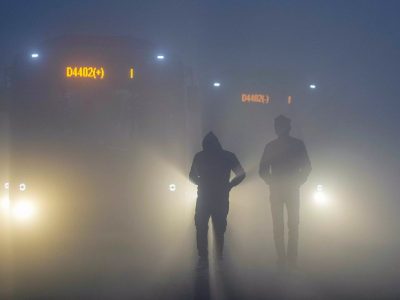As you drive from INA Colony to Prithviraj Road on your way to India Gate, government and privately-owned bungalows flank the road on both sides.
Although you cannot see them from the road as big — old Jamun trees block your view — there are some floors of a super luxury apartment block visible.
This block of apartments was built in the late 1990s on a Raj-era bungalow, A-23 Prithviraj Road, which was once the residence of an icon of Indian corporate world — JRD Tata.
This was JRD Tata’s exclusive abode for almost half a century and was full of Amaltas trees.
After the demise of JRD in 1993, the bungalow remained empty or you can say, as good as abandoned. Later, bosses at the Bombay House, the headquarters of Tata Group in Mumbai, decided to demolish it and build super luxury flats there.
Devinder Gupta, Chairman of realty advisory, Century 21, says, “When Tata Group decided to build flats at A-23 Prithviraj Road, many people with deep pockets started planning to buy a flat in Capital’s most exclusive area. However, Tatas sold around 50% apartments to Tata Group companies. The remaining flats w e r e p u r c h a s e d b y t o p industrialists of the country.”
While the bungalow is long consigned to the pages of history, it is still known as Tata House.
“JRD Tata always stayed here while he was in Delhi from 1950s onwards. He used to visit Delhi on a regular basis in order to meet either the President or the Prime Minister,” recalls S Mohan, who was working for Voltas, a Tata Group company.
Even Voltas bought an apartment at A-23 Prithviraj Road where AH Tobaccowala, the managing director of the company, used to stay while in Delhi.
JRD, who was born on 29 July, 1904, in Paris, used to meet his Delhi-based friends and top officials of Tata Group at the Tata House only. It is said that after meetings, he would take a siesta after lunch without fail, and would start meeting people again after 3 pm. The Tata House had a very rich library. It was full of autobiographies, biographies, motivational books and books on business world.
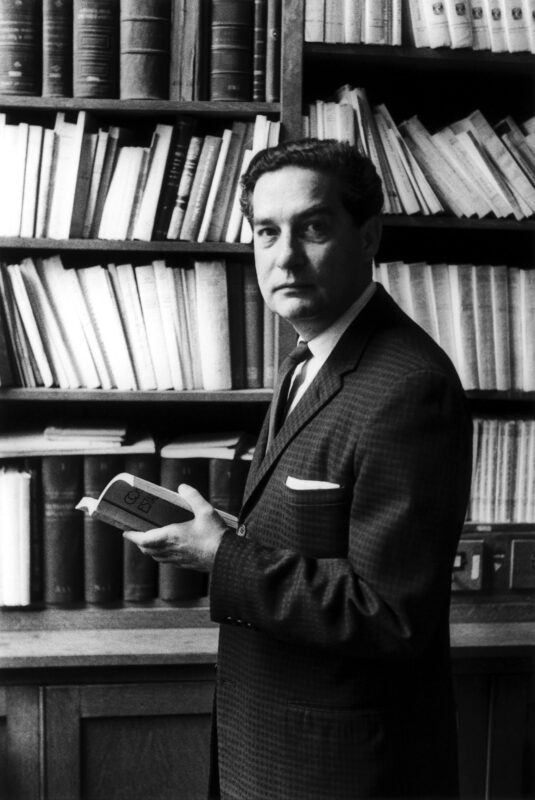
During his visits to Delhi, he was often accompanied by the likes of Ajit Kerkakar (Taj group), FC Kohli ( TCS), Darbar i Seth ( Tata Chemicals) and Nani Palkhivala (ACC). Russi Mody (Tata Steel) too stayed here. “Actually, A-23 Prithviraj Road was bustling with activities when JRD was not around. The other top echelons of Tata Group also stayed here,” says another top Tata Steel official, who does not want to be named. Rakesh Gupta, the CEO of Sadhna TV, who lives at Marble Arch apartments on Prithiviraj Road, says, “When I shifted here couple of years ago and learnt that JRD Tata had spent many years so close to my house, I was really thrilled . He was such an inspirational personality for all of us. Honestly, when I walk or drive across the Tata House I remember him with great sense of gratitude.”
Nani Palkhivala also stayed at A-23 Prithviraj Road. For years together, he used to speak on general budget at the packed FICCI house.
JRD was fond of gardening. He always spent some time with horticulture staff in the morning and discussed with them which plants and flowers would blossom in his garden. Mohan says the maalis (gardeners) felt surprised to see him taking so much interest in sowing the seeds, which after a period of time, would grow into big plants.
Thanks to his commitment for the cause of education, he always ensured that Tata Group donated generously for the Ratan Tata Library at Delhi School of Economics. During his lifetime, Taj Hotel at Man Singh Road and later Taj Palace at Sardar Patel Road were built. JRD, however, never stayed there during his visits to the national capital.
Amar Singh, a Himachali, was the favourite driver of JRD. For many decades, it was Amar Singh who drove his car. It is said that JRD was very fond of Amar Singh. He lived in the servant flats of Tata House.
Ambedkar at 22, Prithviraj Road
JRD wasn’t the only legendary figure living at Prithviraj Road. There were others, from different walks fo life. For many years, BR Ambedkar lived at 22, Prithviraj Road.
The 22, Prithviraj Road house was allotted to him when he became the Union Law Minister in the interim government headed by Jawaharlal Nehru in 1946.
He got married to Savita Ambedkar on April 15, 1948 in a very simple ceremony in this very house. Now, it is the Turkish ambassador’s residence.
Meeting place of writers/poets
Meanwhile, 13, Prithviraj Road became the hub of writers and poets of the Capital in 1960s as the host of the house was an accomplished poet himself. From 1962 to 1968, when he was posted as Mexico’s ambassador to India, Octavio Paz explored Delhi like no one.
He had two stints in India – for a few months in 1952, and a decade later, for six years as ambassador.
To commemorate his memory, the Mexican embassy organises a programme “The Delhi of Octavio Paz” every year.
It is a set of poetic interventions in places to which Paz dedicated poems and thoughts.
Santiago Ruy Sánchez, Head of Cultural and Tourism Affairs at the embassy, comments, “Even if he explored most of the country, an important part of his work on India gravitates around this mesmerising city. The result is a poetic topography of places, especially Nizamuddin, Humayun’s Tomb, Lodhi Gardens, Old Delhi…”
And if we talk about recent past, HKL Bhagat, the strongman of Delhi and a Union cabinet minister too had lived here — at 34, Prithviraj Road.
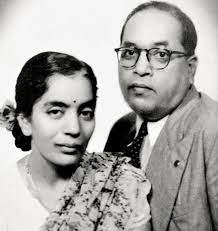
“Bhagatji’s house was always thronged by people from all parts of the city as well as Congress workers. Bhagatji was an extremely accessible leader. Even after the 1984 anti-Sikh riots when he was on the hit-list of ultras, he never shut the door on his supporters,” says Vijay Shankar Chaturvedi, an old associate of Bhagatji. Since 2002, BJP stalwart LK Advani is living at 30, Prithviraj Road.
The security staff remains alert at his well-guarded house. Before this, he was living at Pandara Park. Advani had been occupying Pandara Park house since 1970 after he was first elected to the parliament.
“I have sentimental attachment to the house where I have spent 32 years,” once Advani had said.
Alas for the last couple of years, Advani’s Prithviraj Road house looks a forlorn place. Not many people visit here now. This is Delhi for you. Once you are out power, people stop meeting you or block your number.

